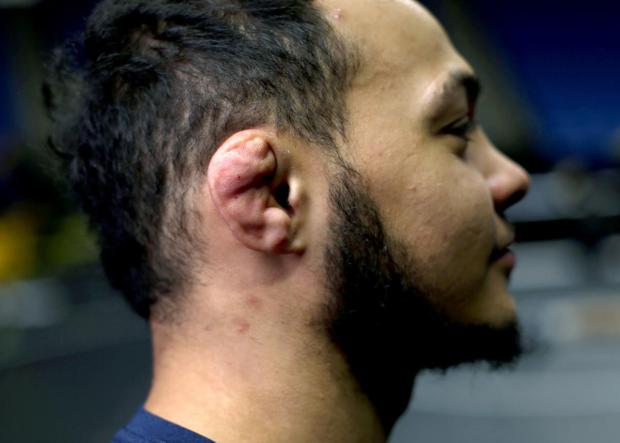
Breaking News
 Bitcoin Circular Economies and a Bridge Between Las Vegas and Peru
Bitcoin Circular Economies and a Bridge Between Las Vegas and Peru
 'Right of Return' for Israeli Child Predators Fleeing U.S.
'Right of Return' for Israeli Child Predators Fleeing U.S.
Top Tech News
 Magnetic Fields Reshape the Movement of Sound Waves in a Stunning Discovery
Magnetic Fields Reshape the Movement of Sound Waves in a Stunning Discovery
 There are studies that have shown that there is a peptide that can completely regenerate nerves
There are studies that have shown that there is a peptide that can completely regenerate nerves
 Swedish startup unveils Starlink alternative - that Musk can't switch off
Swedish startup unveils Starlink alternative - that Musk can't switch off
 Video Games At 30,000 Feet? Starlink's Airline Rollout Is Making It Reality
Video Games At 30,000 Feet? Starlink's Airline Rollout Is Making It Reality
 Automating Pregnancy through Robot Surrogates
Automating Pregnancy through Robot Surrogates
 SpaceX launches Space Force's X-37B space plane on 8th mystery mission (video)
SpaceX launches Space Force's X-37B space plane on 8th mystery mission (video)
 This New Bionic Knee Is Changing the Game for Lower Leg Amputees
This New Bionic Knee Is Changing the Game for Lower Leg Amputees
 Grok 4 Vending Machine Win, Stealth Grok 4 coding Leading to Possible AGI with Grok 5
Grok 4 Vending Machine Win, Stealth Grok 4 coding Leading to Possible AGI with Grok 5
Simple Injection Could Be the Cure for Wrestlers and Athletes Suffering From 'Cauliflower Ear

Chinese researchers have developed a new 3D-bioprinting machine capable of making new tissue without the need for traumatic surgery.
It means sports stars like Richie McCaw, Graham Rowntree, and Dan Cole won't have their retirement blighted with snide comments about their disfigured ears.
The international team used a non-invasive technique to 3D-bioprint new ears for mice, a procedure which creates layers of tissue similarly to how spare parts are built by conventional 3D printers in industry. Instead of ink, the researchers created a mix of cartilage cells and chemicals that were administered beneath the skin at the back of the ear. The new tissue began forming immediately, correcting genetically malformed "auricles" in the lab rodents—the visible part of the ear outside the head.
One month later, the cartilage had maintained its shape and been colonized by blood vessels and muscles to begin growing and renewing themselves normally.
The "bio-ink", which was described in the study published in Science Advances, is controlled using rays of near-infrared digital light, rather than UV light that is harmful to the cells.

 How Great Powers Fall Apart
How Great Powers Fall Apart
 Zionism Is What It Does
Zionism Is What It Does HERE COMES THE MOTHERSHIP
HERE COMES THE MOTHERSHIP Venus Aerospace Hypersonic Engine Breakthroughs
Venus Aerospace Hypersonic Engine Breakthroughs

